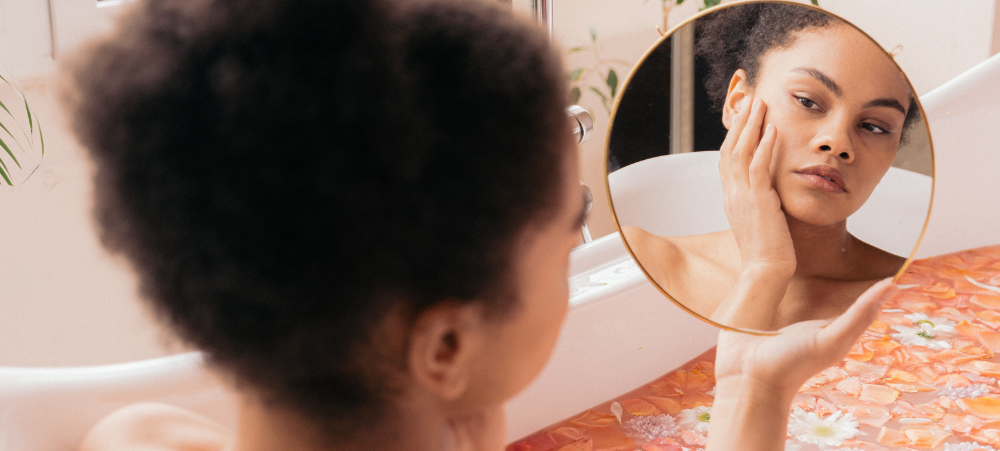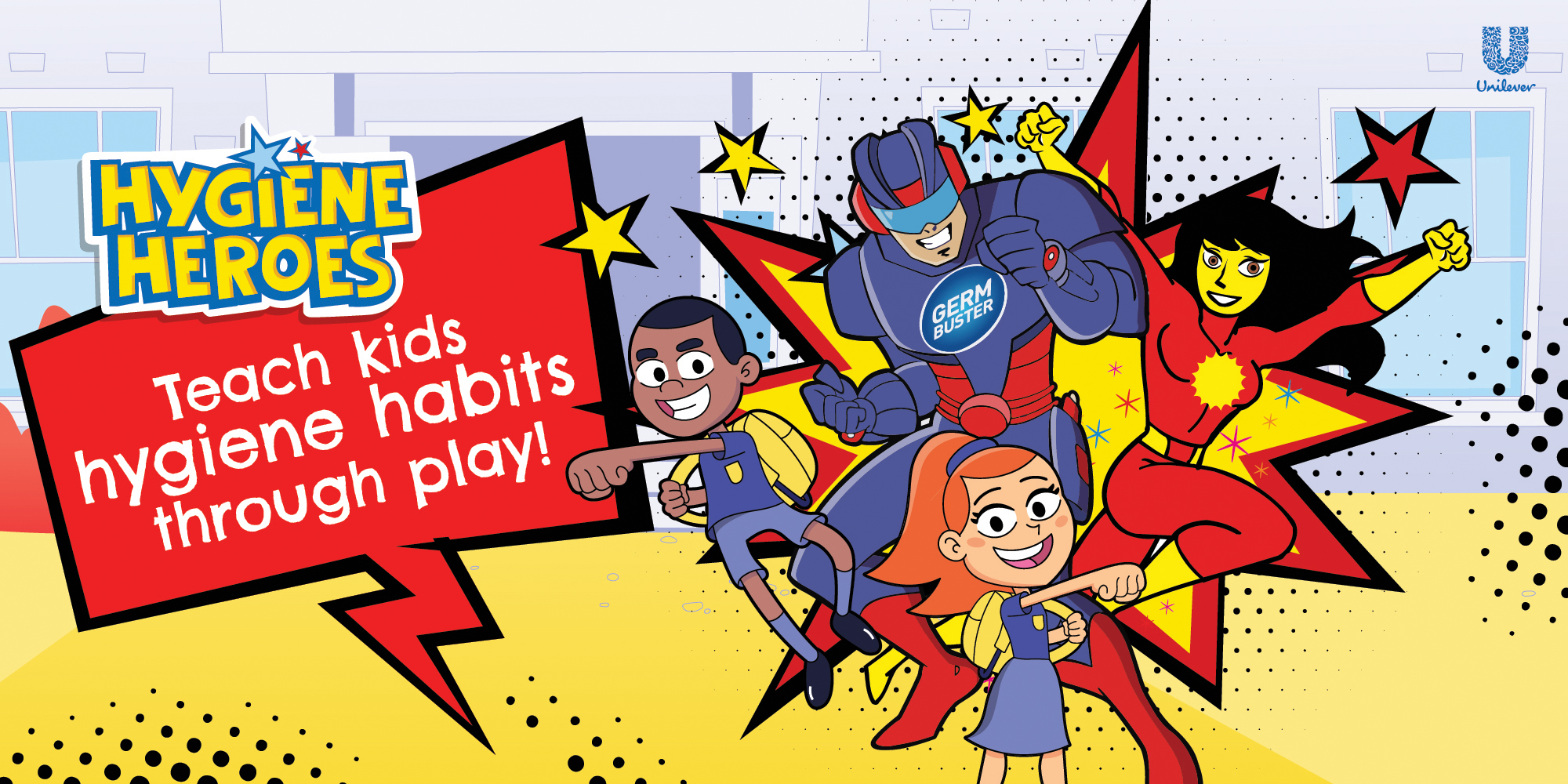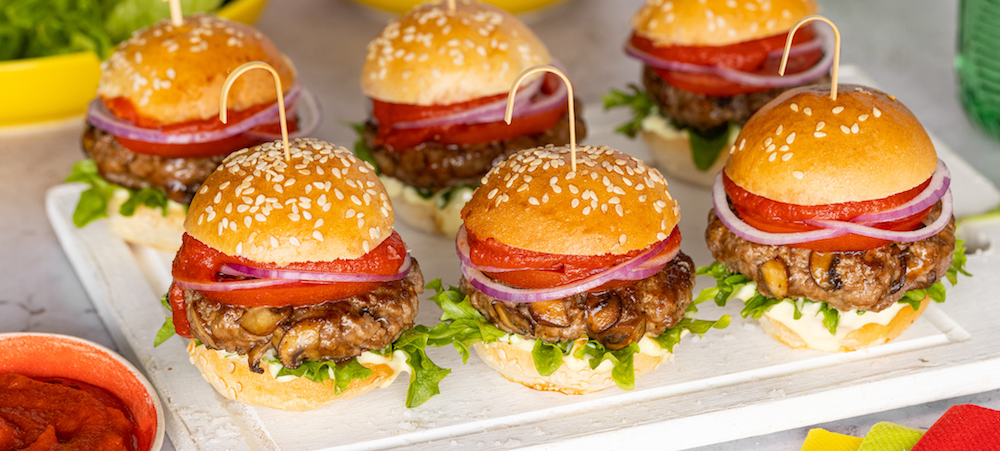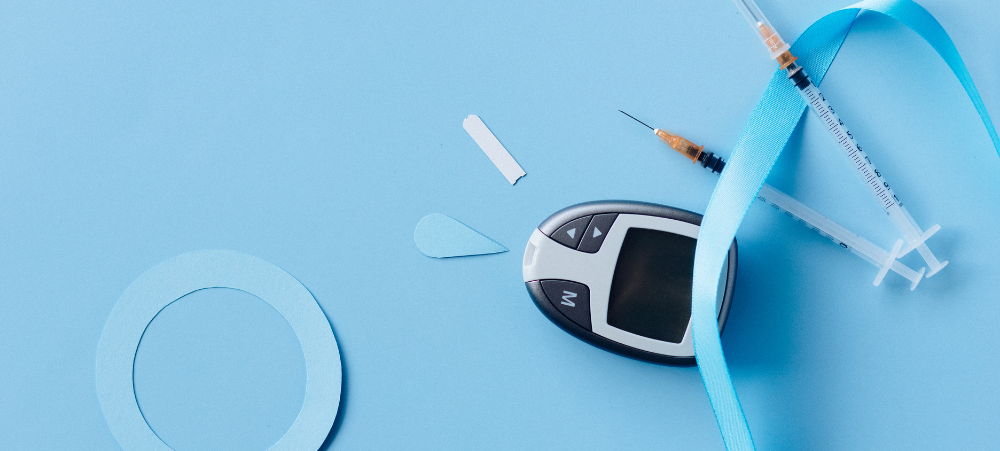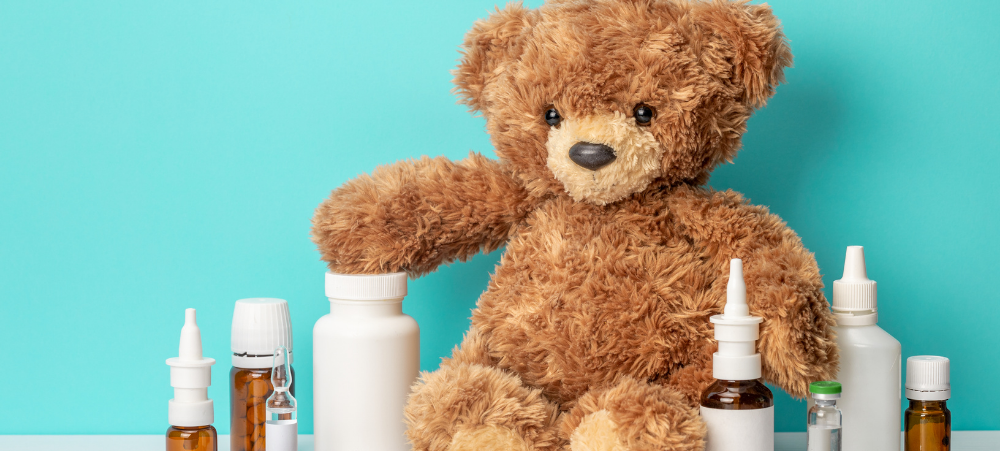
Just five percent of women regularly check their breasts for signs of cancer Cheeky CANSA campaign encourages female shoppers to check out their melons
According to the National Cancer Registry 2019, breast cancer remains the most prevalent of cancers amongst women, and females have a one in 27 lifetime risk of developing it. The breast is the leading cancer site in women throughout the world, states research by Bruni et al. (2019). It is also the leading cause of female cancer deaths in almost all countries, except for the most economically developed, in which it is second to lung cancer. While many factors such as age, family history, genetics and even diet play a role in the chances of developing breast cancer, early detection plays a key role in effective treatment and outcomes. To encourage self-screening, the Cancer Association of South Africa (CANSA) has joined hands with retail chain Food Lover’s Market and Grid Worldwide, a leading branding and design agency, in a national campaign that appeals to shoppers to check their breasts as often as they check out their fruit and vegetables. Taking place in October, for breast cancer awareness month, the Check Them Out campaign will see the fresh produce aisles of all Food Lover’s Market and Food Lover’s Eatery stores across the country brandished with cheeky stickers to remind women to perform home self-examinations to spot lumps, bumps and other irregularities, which could be signs of breast cancer. While the campaign aims to get a reaction from shoppers in a good way, the objective is to drive proactive cancer screening, as women treated for early breast cancer are likely to become long-term survivors, according to a study published in 2023 by leading medical research group, The BMJ. In addition to quirky stickers on fruits and vegetables, the Check Them Out campaign also takes the form of rebranded shopping bags and in-store promotional posters that detail how to conduct a self-examination. In-store and campaign artwork directs ladies to the CANSA page for further information and crucial next steps should they find something suspicious. As the ‘Make it Mean Something Company’, Grid Worldwide proactively approached CANSA and Food Lover’s Market for the Check Them Out campaign. “Everyone knows someone who has been affected by cancer” says Lauren Shewitz, creative director at Grid. “As a team, we wanted to create a relevant, memorable and impactful campaign that not only created awareness but also brought meaning to marketing, with the ultimate objective of saving lives.” Terri Coppin Harris, head of Culture and Communication at Food Lover’s Market, says this was an opportunity they couldn’t afford to miss. “As a retailer that holds fast to strong family values, we could not pass on the chance to weigh in and support this campaign. Breast cancer is still listed as the top invasive cancer reported for South African women, and this made us realise that it can so easily affect our shoppers and team members. We loved the idea of creating a bold reminder in our stores to educate our customers and our team about self-examination and screening.” While shoppers will be reminded to ‘check out their melons’ and ‘feel their avos’ through stickers on selected seasonal fruit, Food Lover’s Market has elevated the campaign in-house by creating an equally strong awareness campaign to engage and inform all Food Lover’s Market team members on the importance of preventative screenings. Says Coppin Harris, “I am confident that this campaign will garner the reaction we want. We’re aiming to grab shopper attention in a big way as it’s not every day you see fruit linked to some of our most intimate parts. Hopefully, it will make our consumers stop, think and take action.” “We’re excited to align ourselves with Food Lover’s Market and Grid Worldwide for the Check Them Out campaign,” adds Lorraine Govender, National Manager, Health Promotion at CANSA. “Together, we are raising awareness in a proactive and meaningful way, and delivering on the message that early detection is critical. We want to urge everyone to be aware of their own bodies, look out for anything that is unusual, and get checked out early – it could save your life.” *Breast self-examinations in African women is very low and needs to be driven through awareness tactics for behavioural change. Link to research report can be found here CANSA’s vision is to lead South Africa towards a cancer-free society. Our mission, as a non-profit organisation fighting cancer, is to enable research, educate the public and advocate for, and support, all people affected by cancer. Through collaborative research, we aim to promote and support innovative, effective, and relevant approaches to the prevention, diagnosis, and treatment of cancer. CANSA uses evidence-based research to inform our advocacy work, health education programmes, and service to those living with cancer. Our service comprises health, education, and advocacy awareness campaigns; CANSA Care Centres that offer a wide range of care and support services to those impacted by cancer – cancer screening and early detection; stoma and other clinical support, home-based care and medical equipment hire. We offer a free Tele Counselling service in seven languages and supply patient care and support in the form of 8 CANSA Care Homes in the main metropolitan areas for out-of-town cancer patients and CANSA-TLC lodging for parents / guardians of children undergoing cancer treatment. We further operate a national CANSA Help Desk with a toll-free line to offer information and support. Food Lover’s Market has grown from its origins as a single Fruit & Veg City store 30 years ago to become South Africa’s largest specialist fresh produce retailer, with over 100 Food Lover’s Market stores in South Africa and 6 other Sub-Saharan countries, including Namibia. The retailer prides itself on its quality fresh produce, its theatre of food experience with a distinctive market feel and its consistent value offerings for the consumer. Food Lover’s Market caters to the discerning customer, the connoisseur, the professional ‘foodie’ and regular customers who are used to the exceptional quality and variety that has always been part of the Food Lover’s offering. Forming part of the Food Lover’s Market family, FVC International is

















